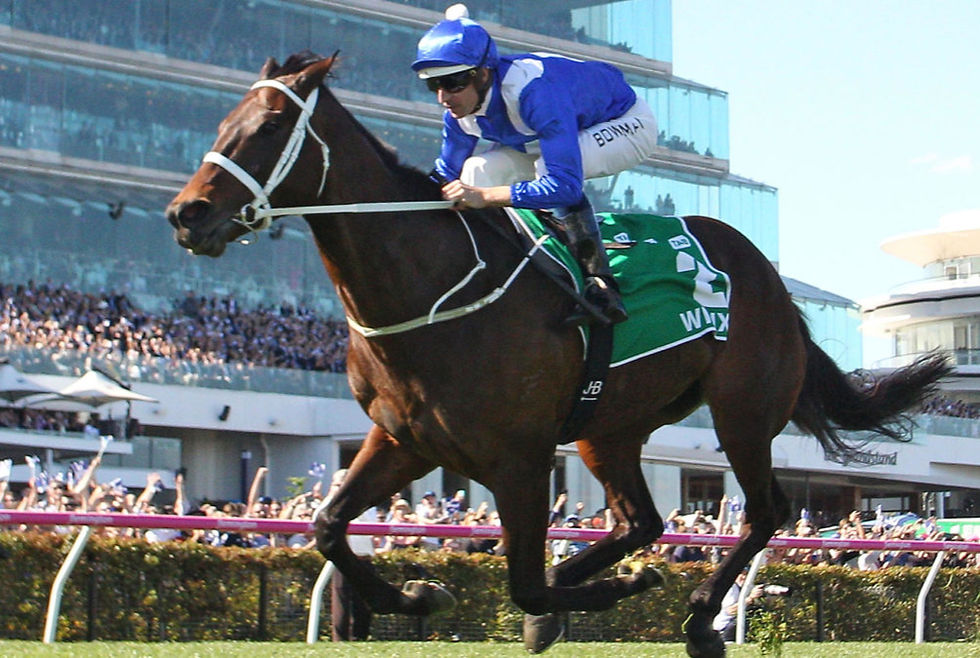The Hidden Power of Colour: Unveiling the Psychology of Branding
- Brandify Communications

- Mar 5
- 3 min read
Colour is not merely a visual element; it stirs emotions, shapes perceptions, and influences consumer behavior in significant ways. In branding, colour occupies a crucial role, often serving as the primary touchpoint between a brand and its audience. By grasping the nuances of colour psychology, businesses can craft a compelling identity, evoke desired feelings, and boost consumer loyalty.
Understanding Colour Psychology
Colour psychology delves into how colours affect human behavior and emotions. Each colour triggers specific feelings that can sway decision-making. Choosing the right colour strengthens brand messages, enhances recognition, and can even determine the success of marketing efforts.
Research indicates that colour impacts purchasing decisions more than we might think. A staggering 85% of consumers make choices based solely on colour. This underscores the importance for companies to meticulously consider their colour palette when designing logos, packaging, and branding strategies.
The Meaning Behind Colours
Red: Energy and Passion
Red is a potent colour that evokes strong feelings—excitement, passion, and urgency. It grabs attention, making it a common choice for clearance sales and stop signs. Brands such as Coca-Cola and McDonald's effectively wield red to stimulate appetite and create a sense of urgency, driving consumer action.
Blue: Trust and Dependability
Blue is synonymous with trust and calmness, often chosen by financial institutions and tech companies. For instance, Facebook and IBM feature blue prominently in their logos to convey reliability. This colour fosters a sense of security, which research shows can boost consumer loyalty by as much as 34%.
Green: Growth and Health
Green represents nature, growth, and health, making it popular among brands in the food, wellness, and eco-friendly sectors. A study found that green branding can increase consumer trust and buying intent by 30%.
Yellow: Optimism and Happiness
Linked to happiness and warmth, yellow is great for brands that aim to evoke cheerful emotions. However, excessive use can be overwhelming, so brands like McDonald's and IKEA often apply yellow as an accent colour, enhancing their visual appeal without dominating the palette.
Purple: Luxury and Creativity
Purple signifies luxury, creativity, and sophistication. Brands in beauty and premium products frequently employ this colour to convey elegance. Companies use purple to reflect their innovative and distinct approaches, appealing to consumers who value uniqueness.
Orange: Enthusiasm and Adventure
Orange radiates energy and fosters enthusiasm. It encourages social interaction, making it appealing to younger demographics. Brands like Fanta leverage orange to create a fun, lively atmosphere that draws in their audience.
Black: Sophistication and Power
Black exudes sophistication and power, often favored by luxury brands like Chanel and Gucci. Its versatility allows it to add a sense of mystery, enhancing a brand's allure and reinforcing exclusivity.
Leveraging the Power of Colour in Branding
To harness colour psychology effectively, companies must first pinpoint their target audience and the emotions they wish to evoke. A deep understanding of demographic preferences is critical for selecting colours that resonate.
Once the desired emotions are established, businesses can explore colour combinations that align with their brand ethos. This includes applying these colours in logo designs, marketing materials, and product packaging. Consistency is vital; a cohesive colour scheme across all branding platforms reinforces brand identity over time.
Trend Watch: The Future of Colour in Branding
As consumer preferences and global cultures shift, colour trends continue evolving. Recently, there has been a noticeable shift toward more muted and natural tones, reflecting a desire for authenticity. Colours like earth tones and pastels are on the rise as consumers become increasingly eco-conscious.
Additionally, with the growth of digital advertising, colours may appear differently across devices. Brands must remain flexible, ensuring their chosen colours maintain their appeal and meaning in various contexts.

Final Thoughts
The influence of colour in branding is profound. By understanding colour psychology, brands can develop messages that resonate with their audience, strengthening emotional connections and enhancing customer loyalty.
In a landscape filled with choices, the right colour can differentiate a brand, communicate core values, and ultimately drive sales. As businesses adapt and grow, staying aware of colour trends and their psychological impacts will be key to crafting memorable and effective branding strategies.






Comments